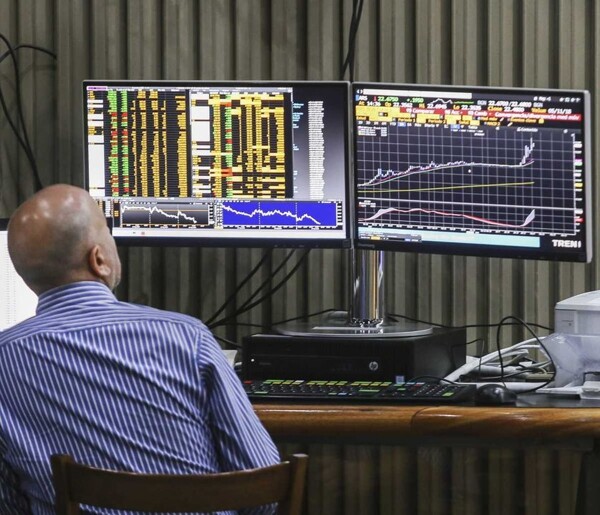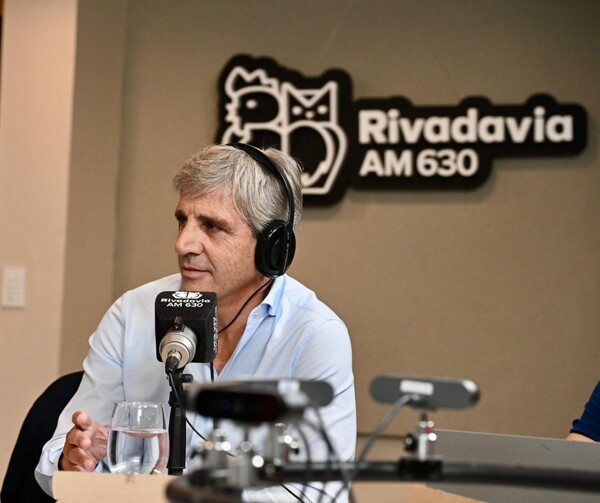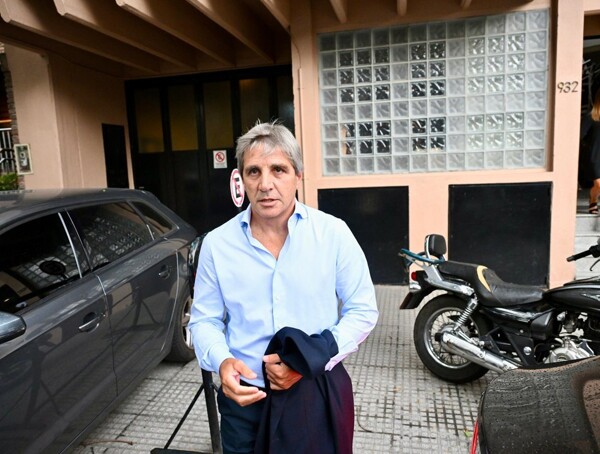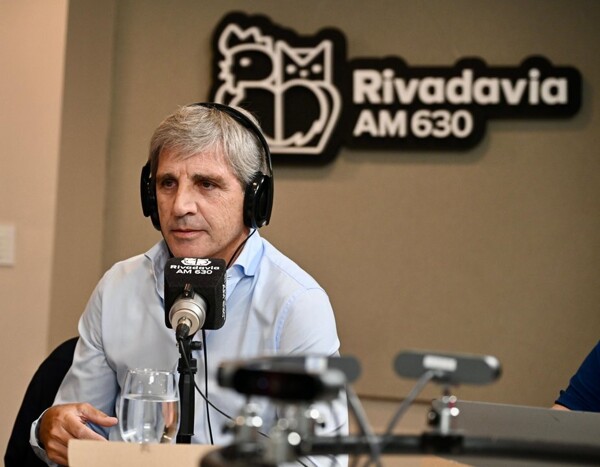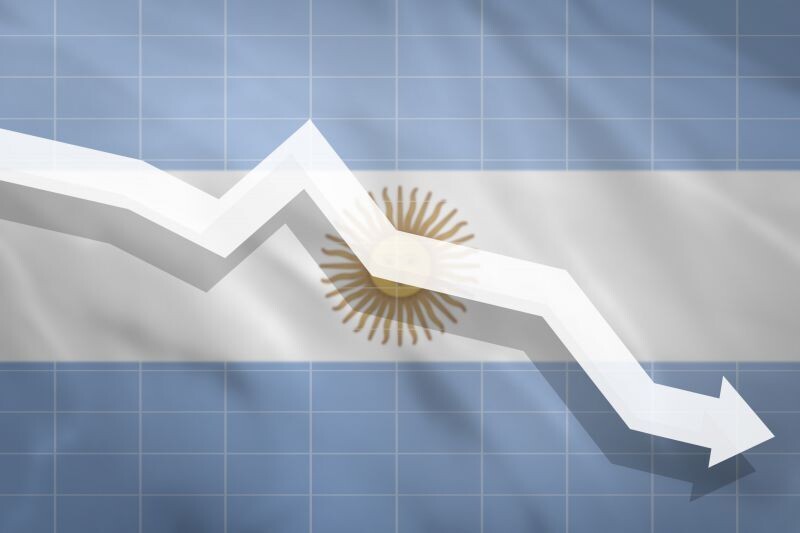
The annual inflation rate stood at 84.5%, showing its lowest level since September 2022, thanks to a small monthly increase of 2.2%. Equilibra, a consultancy led by Martín Rapetti, had projected 2.1% for January, almost perfectly accurate.
Rocío Bisang from Eco Go forecasts an inflation rate of 24.8% for 2025, highlighting that the dynamics of prices will be influenced by the election year. Bisang emphasized that the decrease in inflation is a notable achievement.
Analysts like Claudio Caprarulo from Analytica point out several factors that contribute to keeping inflation below 2%, such as public service rates and wage negotiations.
Eugenio Marí, chief economist of Libertad y Progreso, suggests that February could record inflation close to 1%, due to the favorable seasonality of the month compared to January.
Wholesale inflation fell below 1% in December, driven by a reduction in imported prices. This downward trend is expected to continue in the coming months, projecting an inflation rate of 2.1% for February, 2% for March, and 1.9% for April.
The deceleration of prices is a sustained process, with core inflation at 2.4% and goods reaching their lowest value since December 2017, with a record of 1.5% in January. This scenario reinforces the deflationary trend observed over the past year.
The methodology for calculating inflation has been questioned by various unions, arguing that official data does not reflect the real impact on the population's wallets. The update of the measurement method is presented as an urgent and necessary issue for several economic actors.
The Government celebrated the inflation index for January, highlighting achievements such as the deceleration of prices for tradable goods. The challenge of maintaining stability amid an election year and the possible elimination of the crawling peg will shape the direction of future economic policies.











